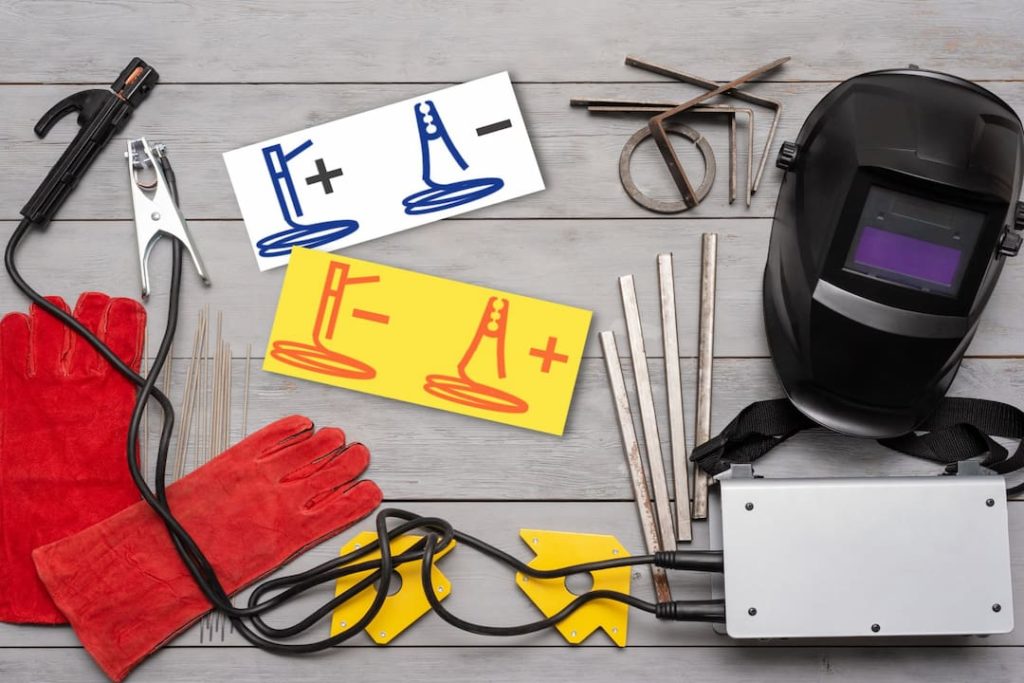Whether you are a professional welder or just starting in the welding trade, knowing the different electrode types and of polarity when wielding will help ensure that your welding projects yield satisfactory results.
Table of Contents
Polarity is one of the most important components when mastering arc welding and other electric-based processes like MIG and TIG Welding.
In this blog post, we'll discuss what polarity in welding machines is all about, why it matters, and provide an overview of how to properly set up your equipment for welding machine both DC Straight Polarity (DCSP) and Direct Current Reverse polarity (DCR).
By understanding each setup and its differences in performance features, welders can make more informed decisions on which type best suits their needs — ensuring that their end product mirrors their unique design vision.
What Is Welding Polarity?
Welding polarity is the direction of current flow between welding thin plates, the electrode and the base plate or workpiece. In short, it determines whether electricity will flow from the thick plates or the electrode to the base plate or workpiece (direct current reverse, or DCR) or from the base plate or workpiece to the electrode (direct current straight, or DCSP).
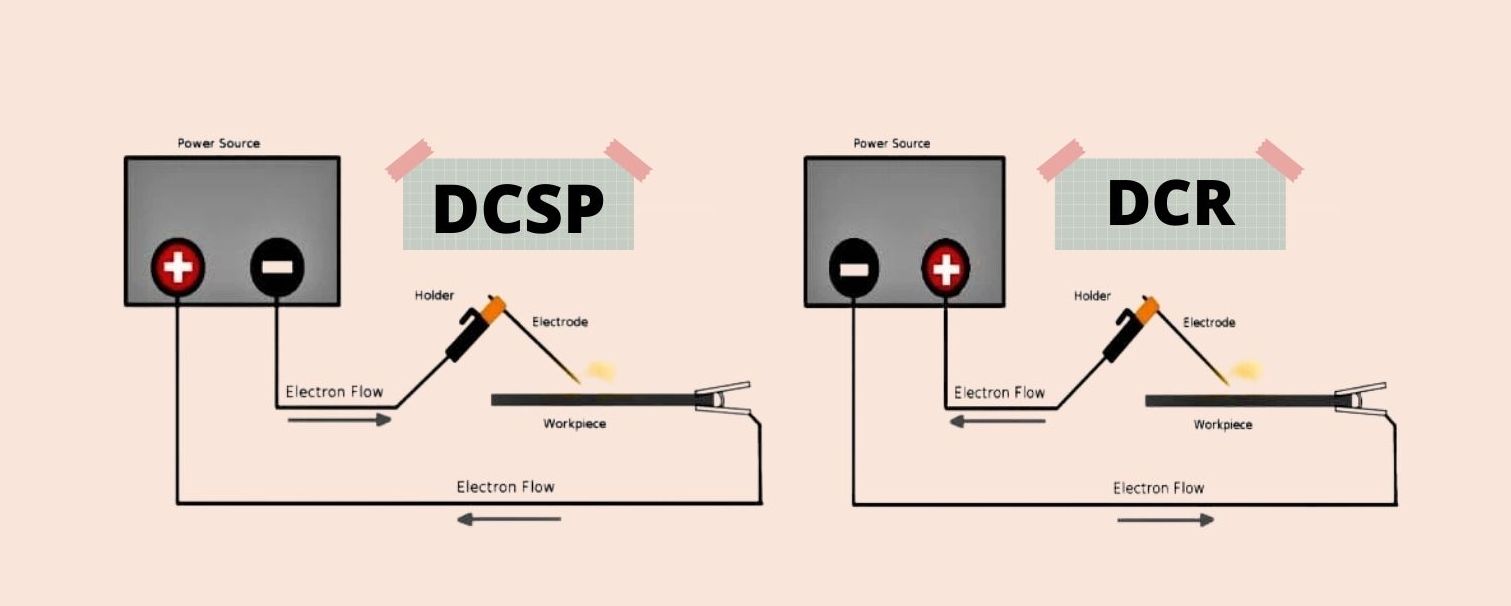
With two distinct setups offering different performance features, welders must consider the type of material they are welding and what product will best suit their welding shop and project needs.
DCSP is the most commonly used setup, producing a more stable welding arc with deeper penetration into thicker materials. It's ideal for welding mild steel where maximum weld strength is desired. DCR, on the other hand, is better suited for welding aluminum and thin metals due to its reduced penetration.
How Do AC and DC Currents Differ in Welding?
Aside from different polarity setups, welders must also understand the difference between Alternating Current (AC) and Direct Current (DC). AC is used for welding mild steel and iron with flux-coated rods.
The alternating current allows sufficient heat for a "lapping" effect, which helps prevent slag buildup in the weld. DC is used for welding aluminum and non-ferrous metals, offering more concentrated heat into the weld area.
Thus, all welding processes can be broken down into either AC or DC, power source and power supply types - each offering different performance features that vary based on the material being welded.
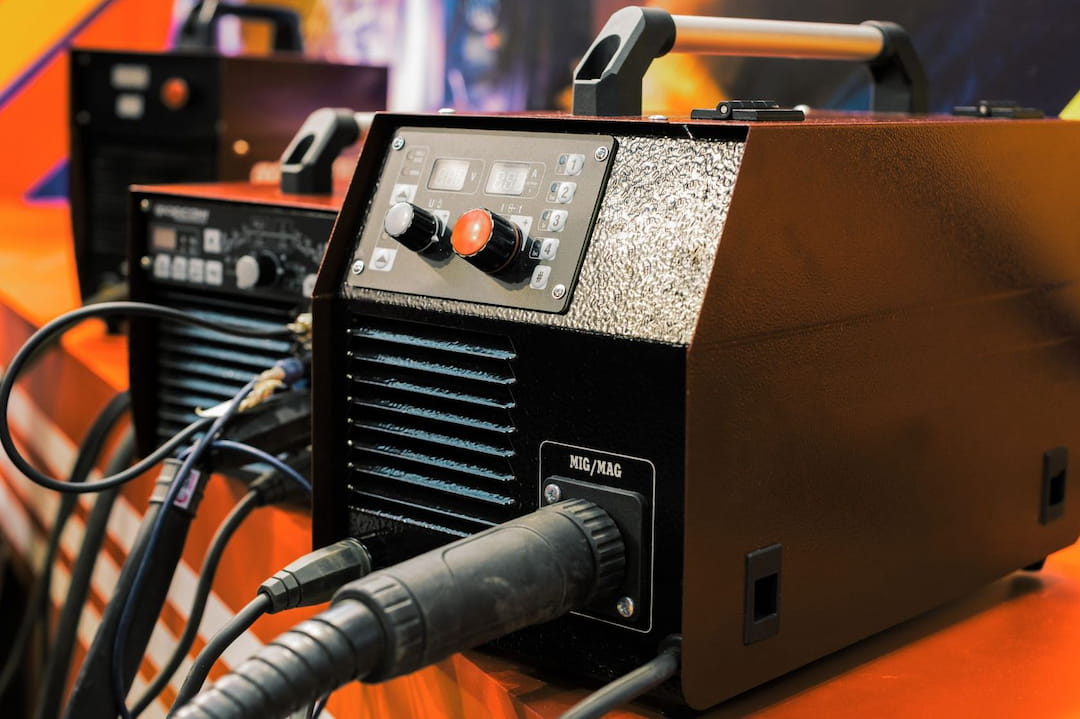
Understanding the Different Types of Polarity
When choosing the right polarity type, welders must focus on the desired welding goal and consider the material used for their project.
1. Direct Current Straight Polarity
As mentioned, this two electrode negative polarity setup produces a more stable arc with deeper penetration into thicker materials. It is the most commonly used type of welding class negative electrode positive polarity here — often found in MIG and TIG welding.
2. Direct Current Reverse Polarity Welding
The DC Reverse polarity setup is better suited for welding aluminum and other thin metals due to its reduced penetration. This type of reversed polarity also has increased shielding gas, which provides an increased arc cleaning action — allowing welders to achieve a higher-quality finish.
3. Alternating Current Polarity
This polarity type is used for welding mild steel and iron with flux-coated rods. The alternating current allows for a "lapping" effect, which helps prevent slag buildup in the weld.
How Does Polarity Affect Arc Welding Performance?
Polarity selection can dramatically affect the overall performance of your welding process. DCSP is often used for thicker materials due to its deeper penetration and greater weld strength, while DCR provides better weld quality finishes when welding thin metals like aluminum.
When choosing the right polarity type, consider the joint design, material and plate thicknesses, and the desired welding goal. This will help ensure you get the best performance from wrong polarity on your arc welding machine or project.
By understanding and properly setting up the different types of weld polarity, welders can improve their skills while achieving their unique design vision, usually only achieved by seasoned professionals. With more welding training and greater knowledge of the correct polarity in welding, welders of all levels can produce the highest quality products.
How Do You Select Polarity Correctly?
Now that we better understand welding polarity, it's time to select the correct type for your project. Start by determining the size and material of the piece you are welding. This will help guide your selection process.
For thicker materials, choose DCSP, as it offers deeper penetration and greater weld strength. If you are welding thinner metals like aluminum, select DCR, which provides a higher-quality finish.
Choose AC polarity if you're welding mild steel or iron with flux-coated rods. This constant polarity will provide the lapping effect that helps prevent slag buildup in the weld.
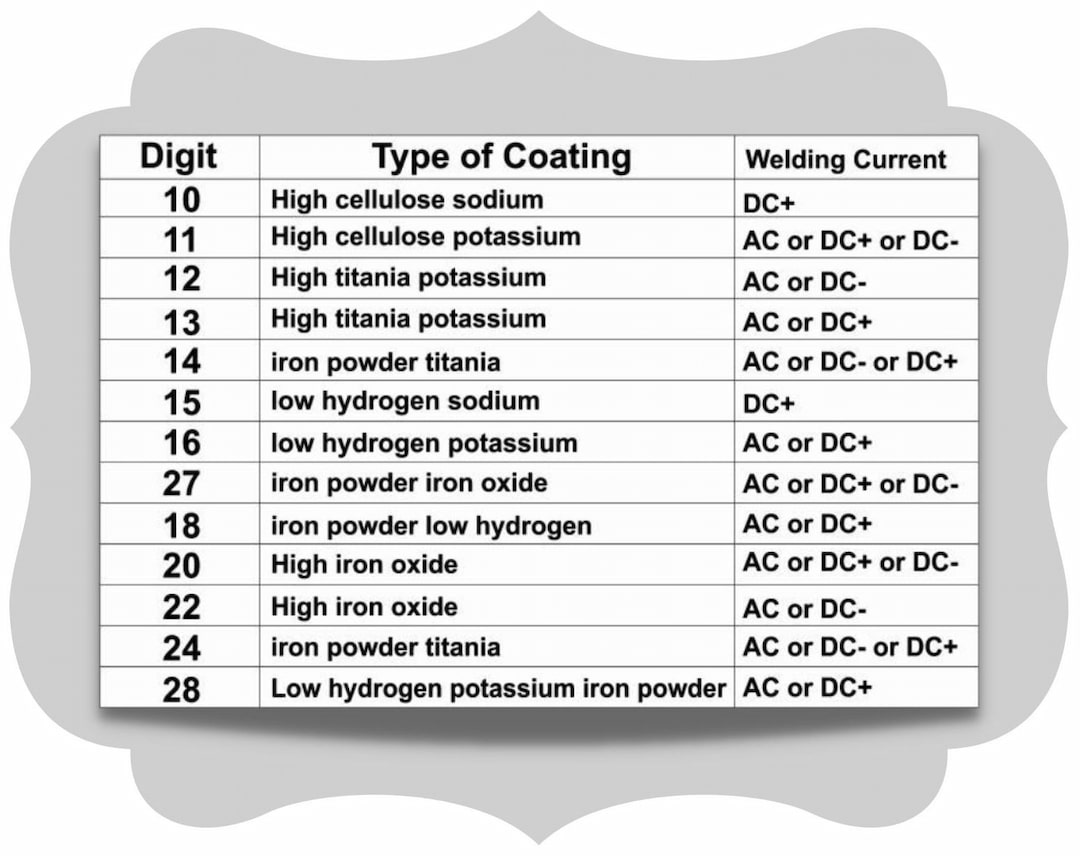
Types of Materials and Their Suitable Polarities
There are a variety of materials that can be welded, each requiring different polarities to achieve optimal results. Mild steel and iron require an alternating current polarity (AC) when using flux-coated rods, as it helps prevent slag buildup in the weld and provides better penetration.
Thick metals such as mild steel also benefit from direct current straight polarity (DCSP), which provides a deeper, more stable arc with greater weld strength.
Thin metals such as aluminum should be joined using direct current reverse polarity (DCR) because it increases the shielding gas and offers a higher-quality finish. Lastly, stainless steel benefits from DCSP as it helps to create an oxide-free weld plate surface.
Welding Positions and Their Suitable Polarities
Different positions require different polarities for optimal performance when it comes to welding. Generally speaking, flat welding requires direct current straight polarity (DCSP). DCSP allows for deeper penetration and greater weld strength, making it ideal for this position.
Vertical-up welding also benefits from DCSP due to its stability and deep penetration. Overhead welding, however, is best done with direct current reverse polarity (DCR). This helps provide better shielding gas for increased arc cleaning action, and a higher-quality weld finish.
When welding in the horizontal position, alternating current polarity (AC) is generally preferred as it provides a lapping effect that prevents slag buildup in the weld. It's also important to consider the material; thinner metals such as aluminum should always use DCR, regardless of position half the cycle.
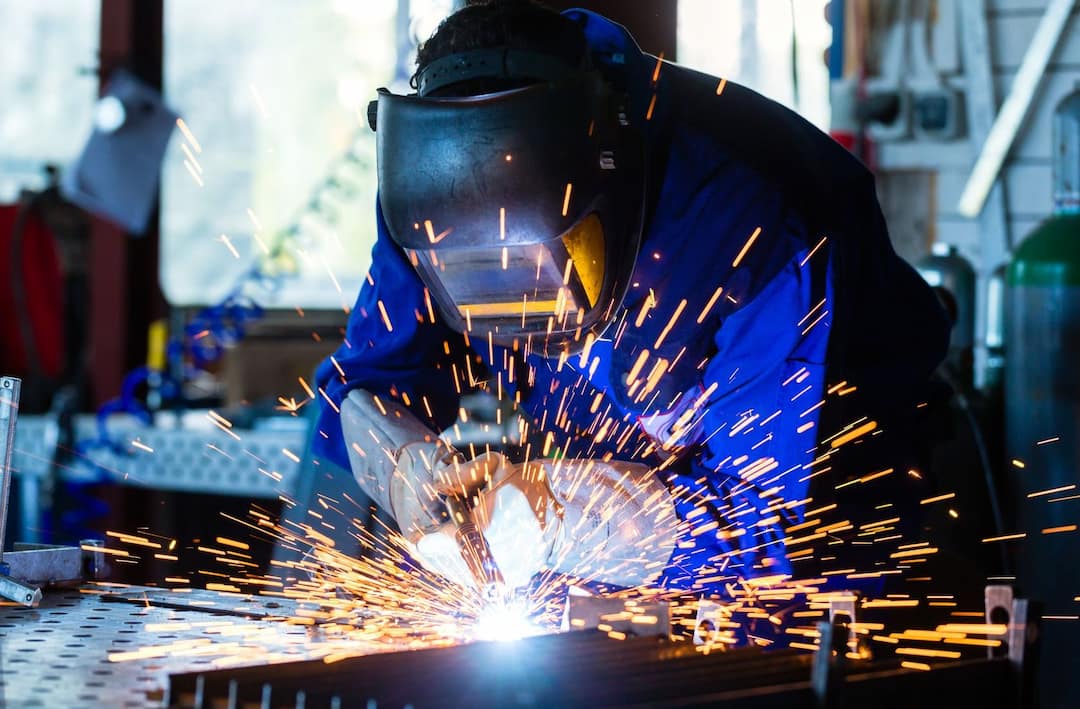
FAQS
How does polarity affect welding?
Polarity affects the strength and quality of welds. Direct current straight polarity (DCSP) is used for deeper penetration and greater weld strength, while direct current reverse straight polarity ((DCR) increases shielding gas for increased cleaning action with a higher-quality finish.
Why is it important to understand polarity in welding?
Having a clear understanding of the appropriate polarity for fusion welding is crucial as it directly impacts the strength and quality of welds. By comprehending and correctly configuring the various types of polarity, welders can enhance the performance of their arc welding endeavors and ensure the production of top-notch products.
The polarity selection plays a vital role in the electrical circuit of welding. By designating the positive terminal, welders can effectively control the distribution of the entire arc heat, leading to improved welding performance and superior weld quality.
What type of polarity should be used for aluminum?
Direct current straight and reverse polarity side (DCR) is the preferred straight and reverse polarity or direct current electrode positive polarity side type for welding aluminum. This provides better-shielding gas and allows for a higher-quality finish.
